Yamanouchi captivates with its serene landscapes and harmonious blend of nature and culture. From the playful snow monkeys soaking in hot springs to the lush summer trails perfect for hiking, every season offers a unique charm. The town’s traditional ryokans provide a peaceful retreat, allowing you to unwind and absorb the local hospitality. Engaging with friendly locals and participating in cultural festivals deepens your connection to this enchanting place. Whether you’re sipping green tea by a quiet stream or exploring historic sites, Yamanouchi invites you to slow down and savor each moment.

Embracing Yamanouchi’s Tranquil Beauty
- Highlights: Scenic hot springs, picturesque hiking trails, authentic cultural experiences
- Don’t Miss: Visiting during a local festival for a vibrant cultural immersion
- Great For: Nature lovers, cultural enthusiasts, relaxation seekers
source: Samuel and Audrey YouTube Channel: Nomadic Samuel + That Backpacker hosting
Tip: Take your time—allow yourself to fully experience Yamanouchi’s peaceful ambiance without rushing.
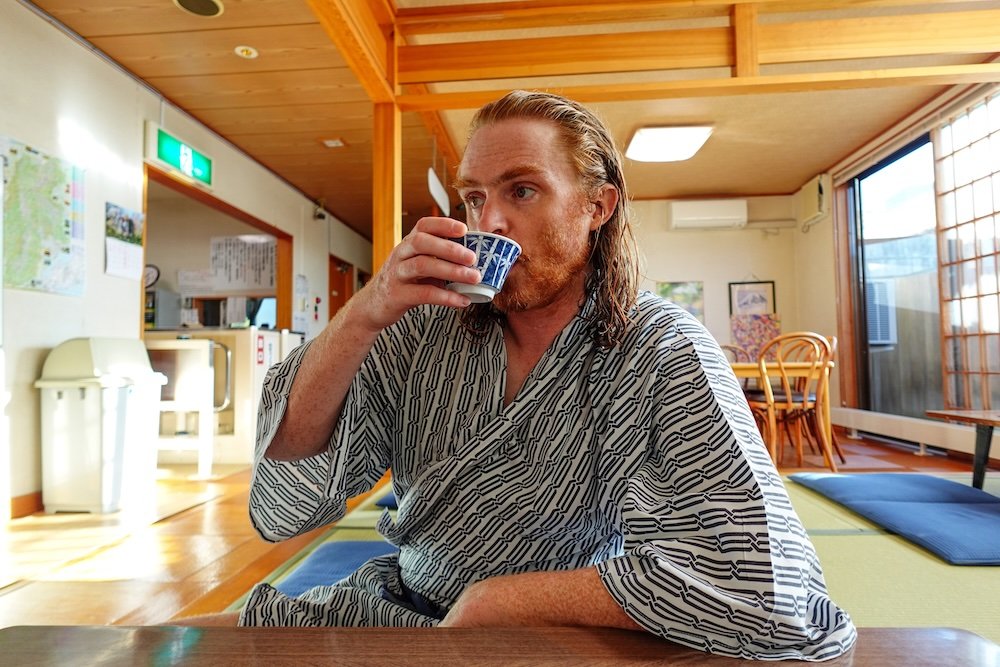
Top 7 Things To Do in Yamanouchi, Nagano For Visitors
Here are the top seven things to do in Yamanouchi that will make your visit truly memorable.
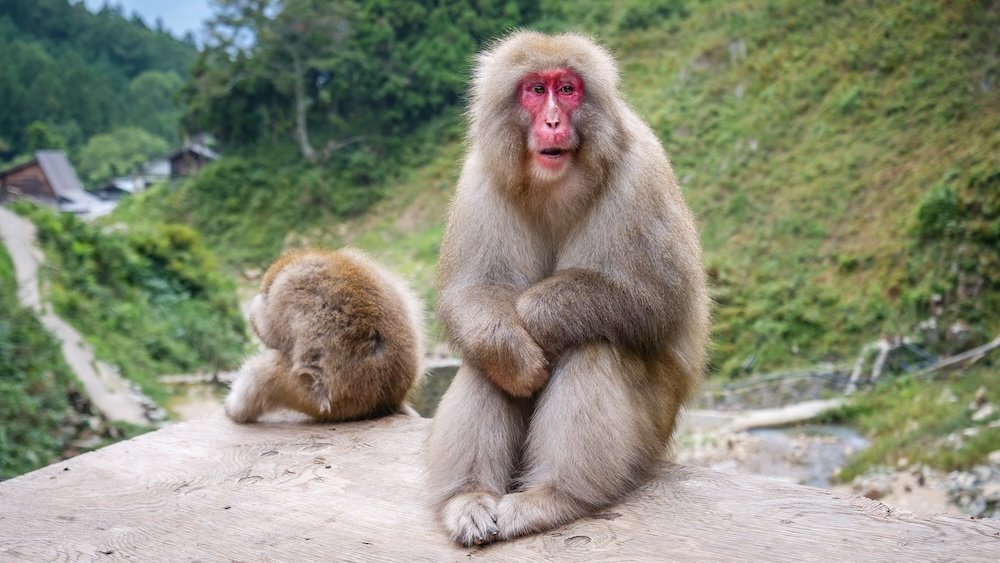
1. Jigokudani Monkey Park
Jigokudani Monkey Park is undoubtedly the crown jewel of Yamanouchi, attracting visitors from around the world to witness the fascinating Japanese macaques in their natural habitat. Situated in the heart of the Hakuba Valley, the park is famous for its hot springs where these monkeys can be seen soaking and socializing, especially during the cold winter months. The journey to the park involves a scenic hike through dense forests, crossing suspension bridges over snowy landscapes that add to the adventure. Upon arrival, the sight of snow-covered trees and steaming vents creates a surreal and magical atmosphere. Watching the monkeys interact, groom each other, and play in the warm waters offers a captivating glimpse into their daily lives. Seasonal changes bring different behaviors and activities, making each visit unique—whether it’s playful antics in the snow or relaxed lounging in the spring sun. The park also emphasizes conservation efforts, educating visitors about the monkeys’ environment and the importance of preserving their natural habitat. Experiencing Jigokudani Monkey Park is not just a visit; it’s an unforgettable encounter with nature’s charm and resilience.
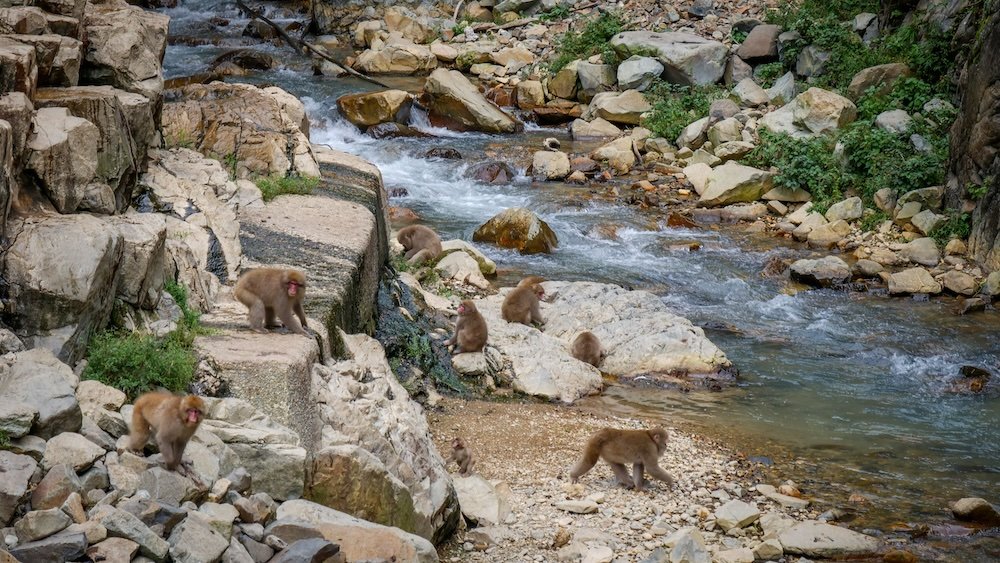
- Highlights:
- Observing monkeys in natural hot springs
- Scenic hiking trails with stunning winter views
- Educational insights into macaque behavior and conservation
- Don’t Miss: Visiting early in the morning for a quieter, more intimate experience with the monkeys
Tip: Dress warmly and wear sturdy hiking boots—the trails can be slippery and temperatures drop significantly, especially in winter.
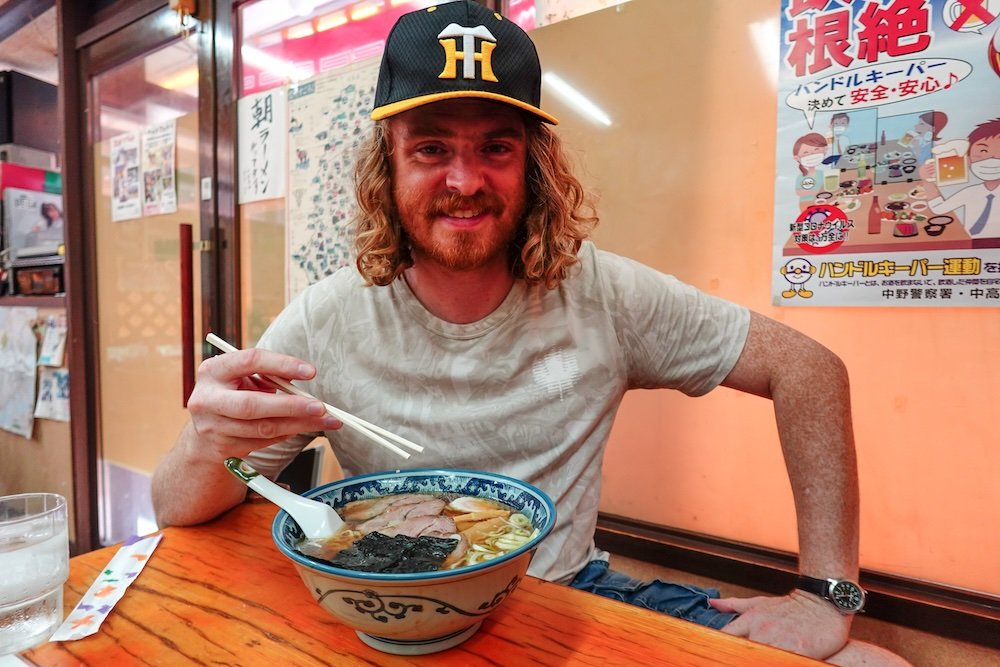
2. Ramen Tokumi
No visit to Yamanouchi is complete without savoring a bowl of authentic ramen at Ramen Tokumi, a local favorite renowned for its rich, flavorful broth and perfectly cooked noodles. Nestled in the town center, this cozy eatery welcomes you with the tantalizing aroma of simmering broth and fresh ingredients. The menu offers a variety of ramen styles, each crafted with precision and care, highlighting Nagano’s culinary expertise. Whether you prefer a hearty miso-based broth or a lighter shoyu flavor, Ramen Tokumi delivers a satisfying and memorable meal every time. The toppings are generous and thoughtfully selected, featuring locally sourced vegetables, tender slices of pork, and a perfectly boiled egg that complements each bowl. The warm, inviting atmosphere makes it an ideal spot to relax and refuel after a day of exploring. Engaging with the friendly staff and watching the chefs work adds to the overall dining experience, making each visit feel personal and unique. Ramen Tokumi embodies the essence of Yamanouchi’s food culture, offering a delicious taste of local tradition and innovation.
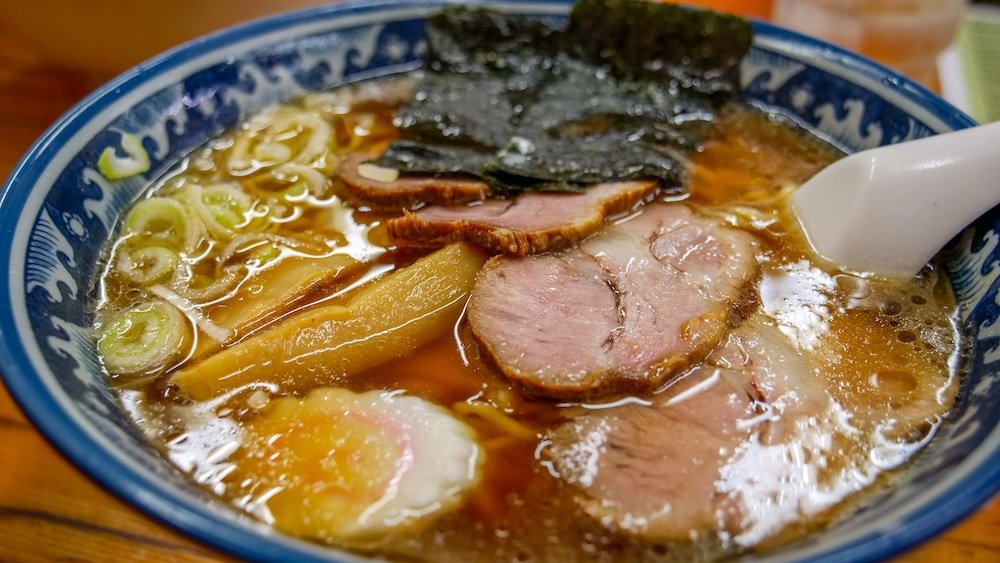
- Highlights:
- Rich and flavorful ramen broths
- Variety of ramen styles to choose from
- Generous, locally sourced toppings
- Don’t Miss: Trying the seasonal specials that showcase the freshest local ingredients
Tip: Visit during off-peak hours to avoid long wait times and enjoy a more relaxed dining experience.
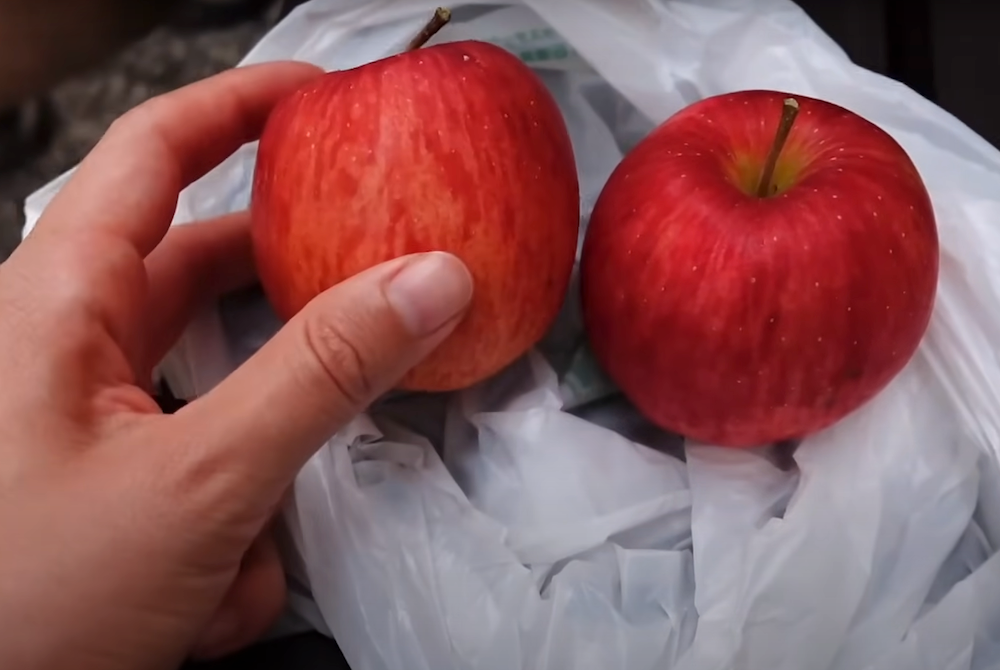
3. Eating Nagano Apples
Nagano is celebrated for its crisp, sweet apples, and eating Nagano apples is a must-do culinary experience in Yamanouchi. The region’s fertile soil and favorable climate create the perfect conditions for apple cultivation, resulting in some of the best apples in Japan. Local orchards invite visitors to pick their own apples, allowing you to experience the joy of selecting and harvesting your fruit. Alternatively, numerous shops and markets in Yamanouchi offer a wide variety of apple products, from fresh slices and juicy ciders to delicious pies and caramel-covered treats. Sampling different types of Nagano apples, each with its unique flavor profile, adds a delightful dimension to your culinary journey. Many apple-based desserts and snacks incorporate these fruits, highlighting their versatility and natural sweetness. Engaging with local farmers and artisans who cultivate and create with Nagano apples deepens your appreciation for this iconic fruit. Whether you enjoy them fresh or in a creative dish, eating Nagano apples is a tasty way to connect with Yamanouchi’s agricultural heritage.

- Highlights:
- Fresh apple picking at local orchards
- Wide range of apple-based products and desserts
- Engaging with local farmers and artisans
- Don’t Miss: Trying a freshly made apple pie or a glass of homemade apple cider
Tip: Bring cash—many small vendors and orchards prefer cash transactions for apple purchases and snacks.
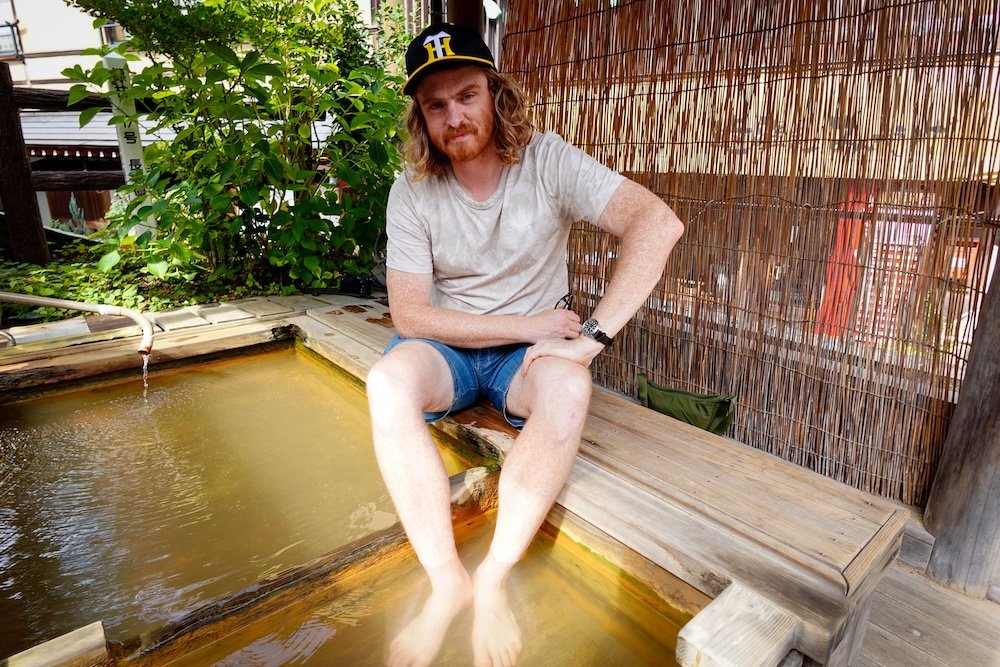
4. Nofutomaru Footbath
The Nofutomaru Footbath is a delightful spot in Yamanouchi where you can relax your feet and legs after a day of exploring. Situated in a tranquil area, this public footbath offers warm, mineral-rich waters that soothe tired muscles and promote circulation. The peaceful setting is enhanced by the surrounding greenery, allowing you to unwind and connect with Yamanouchi’s natural beauty. Informative signs explain the benefits of the footbath and provide tips on how to maximize your relaxation. Comfortable seating areas nearby offer opportunities to rest and fully absorb the stunning surroundings, whether you’re unwinding after a day of exploration or simply enjoying a quiet moment. The gentle sounds of flowing water and the fresh mountain air create a calming atmosphere, making the Nofutomaru Footbath an ideal spot for reflection and rejuvenation. Whether you’re a weary traveler or just looking for a moment of calm, the Nofutomaru Footbath provides a perfect retreat within Yamanouchi’s serene environment.
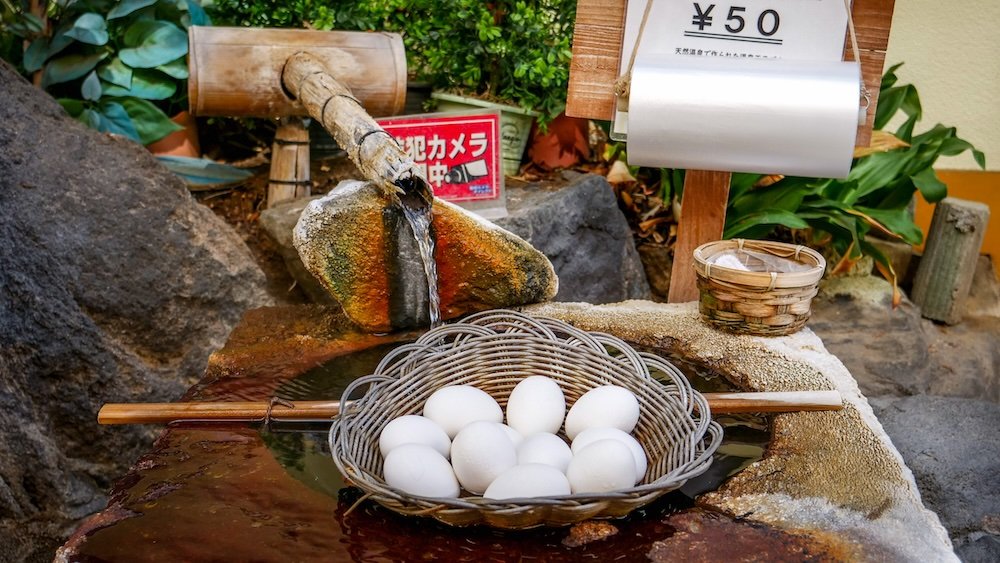
- Highlights:
- Soothing mineral-rich footbaths for relaxation
- Serene surroundings with beautiful natural views
- Informative signs about local flora, fauna, and history
- Don’t Miss: Bringing a book to enjoy while soaking and taking in the serene surroundings
Tip: Bring a towel if you plan to use the footbath facilities comfortably.
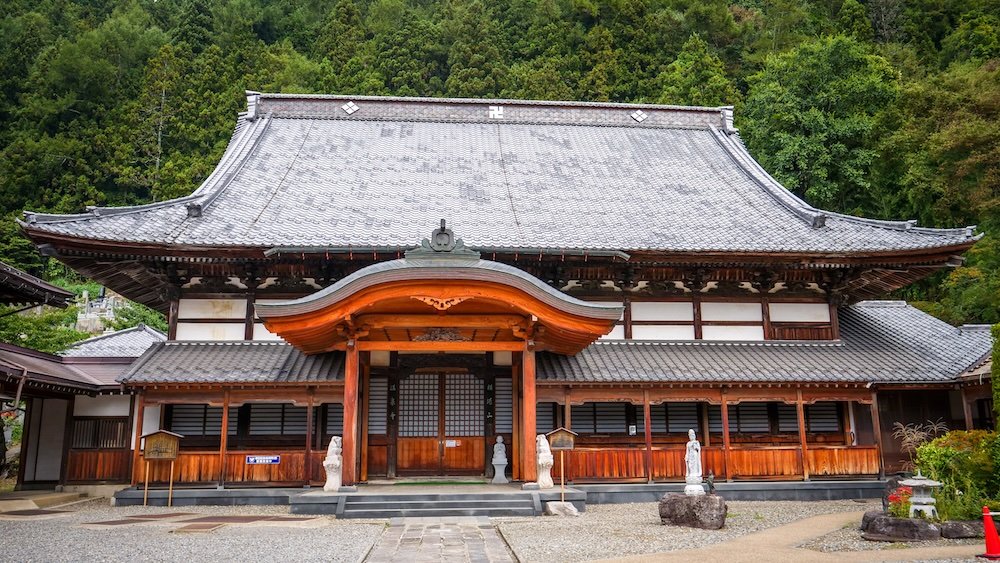
5. Onsenji Temple
Onsenji Temple is a spiritual retreat that combines traditional Buddhist architecture with the healing properties of hot springs. Located amidst serene surroundings, the temple offers a peaceful atmosphere ideal for meditation and reflection. The architecture is stunning, featuring intricate wood carvings and beautifully maintained gardens that invite visitors to explore and find moments of tranquility. Onsenji Temple also hosts various cultural events and ceremonies, providing insights into Buddhist practices and Japanese spirituality. Participating in a meditation session or simply walking through the temple grounds allows you to connect with the spiritual heritage of Yamanouchi. The nearby hot springs enhance the experience, offering a soothing soak that complements the temple’s calming influence. Whether you’re seeking spiritual enlightenment or a quiet escape from everyday life, Onsenji Temple provides a harmonious blend of culture, nature, and serenity.

- Highlights:
- Traditional Buddhist architecture and serene gardens
- Meditation sessions and cultural ceremonies
- Access to nearby hot springs for relaxation
- Don’t Miss: Exploring the temple gardens in the early morning or late afternoon for a more tranquil experience
Tip: Respect the temple’s customs—dress modestly and follow any guidelines provided by the staff to honor the sacred space.
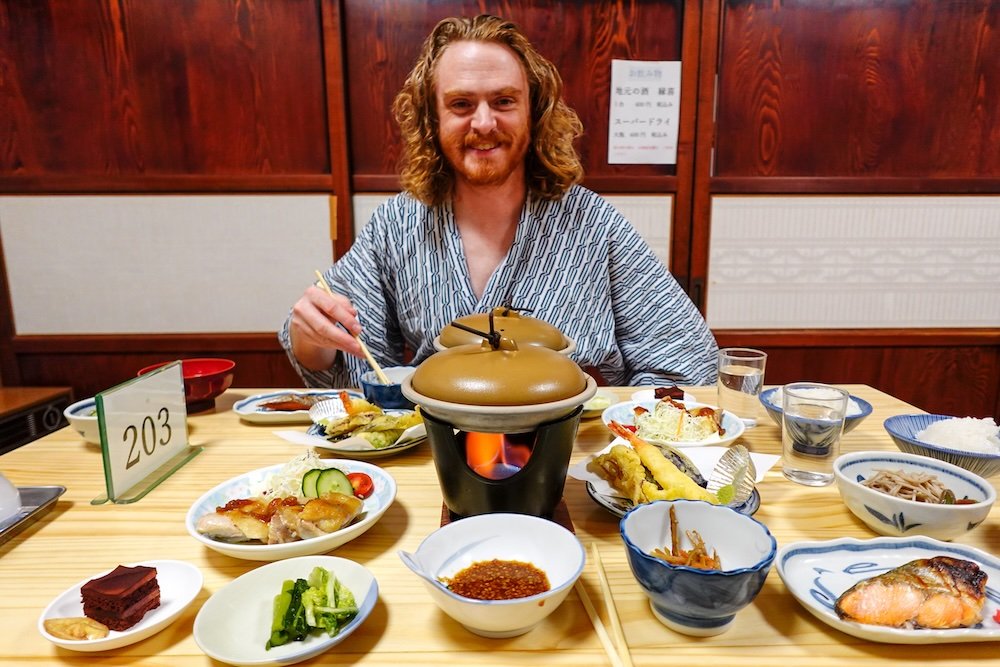
6. Dinner at Our Ryokan
Dining at a traditional ryokan in Yamanouchi is an immersive culinary experience that highlights the best of local cuisine and hospitality. After a day of exploring, settling into your tatami-floored room and enjoying a multi-course kaiseki meal is pure bliss. Each dish is thoughtfully prepared using seasonal ingredients, presenting a balance of flavors, textures, and colors that reflect Nagano’s rich agricultural heritage. From delicate sashimi and simmered vegetables to robust soups and sweet desserts, the meal is both a feast for the eyes and the palate. The ryokan’s ambiance enhances the dining experience, with traditional decor and a tranquil setting that make each bite feel like a moment of peace. Sharing stories with fellow guests or simply savoring each course in quiet solitude adds a personal touch to your stay. The dinner at our ryokan isn’t just about food; it’s a celebration of Yamanouchi’s culinary artistry and the warm, welcoming spirit of its people. This experience leaves you feeling nourished and deeply connected to the local culture.
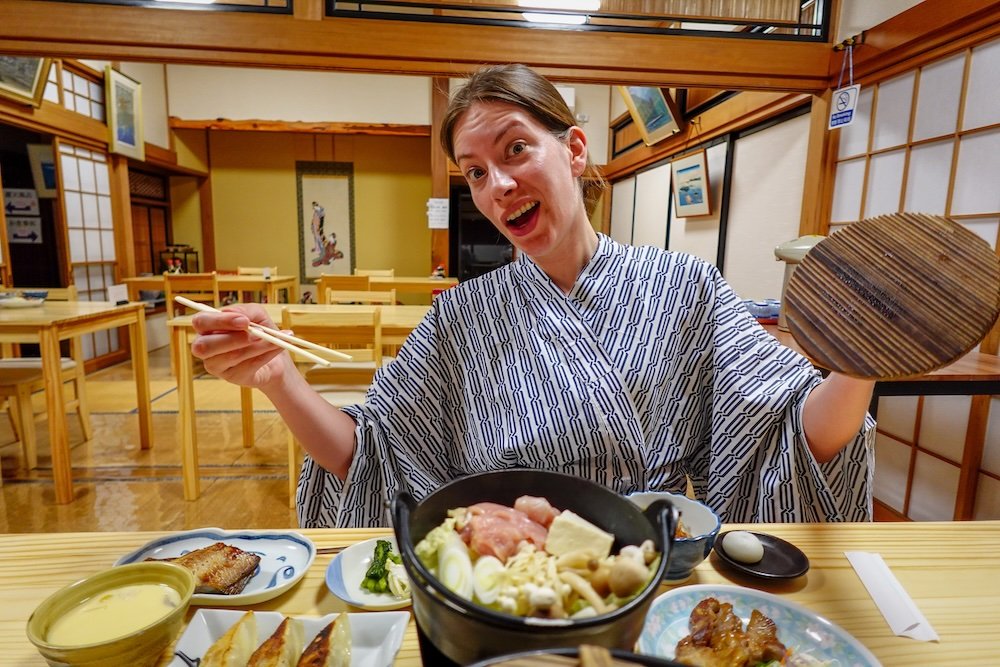
- Highlights:
- Multi-course kaiseki meals with seasonal ingredients
- Traditional ryokan ambiance and decor
- Personalized hospitality and serene dining setting
- Don’t Miss: Trying a variety of dishes to fully experience the range of flavors and culinary techniques
Tip: Inform your ryokan of any dietary preferences or restrictions in advance to ensure a tailored and enjoyable dining experience.
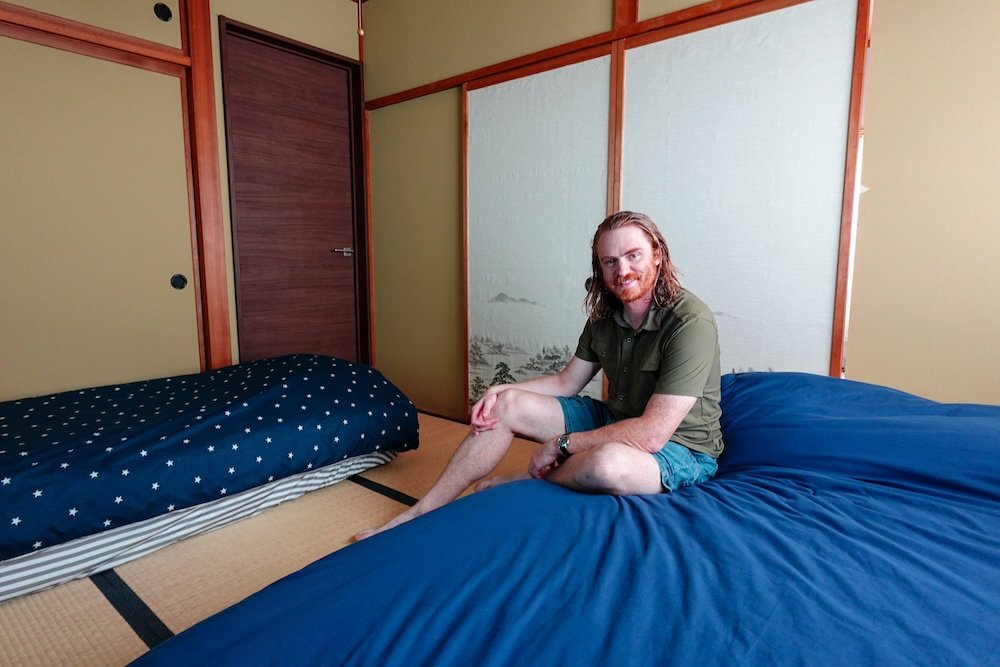
7. Traditional Japanese Room Tour at Minshuku Miyama
A tour of the Traditional Japanese rooms at Minshuku Miyama offers an intimate glimpse into authentic Japanese living spaces and cultural practices. Each room is meticulously maintained, featuring tatami mats, sliding shoji screens, and futon bedding that create a harmonious and comfortable environment. The tour often includes explanations of the architectural elements and the significance of traditional furnishings, enhancing your appreciation for Japanese design and functionality. Visitors can explore different rooms, each uniquely decorated with local art, handmade crafts, and seasonal decorations that reflect the surrounding nature. Interactive elements, such as trying on a yukata or learning the art of tea ceremony, provide hands-on experiences that deepen your understanding of Japanese traditions. The peaceful ambiance and attention to detail make the tour a calming and enlightening experience, perfect for those curious about cultural heritage. By the end of the tour, you’ll have a newfound respect for the elegance and simplicity that define traditional Japanese living, making your visit to Yamanouchi even more enriching.
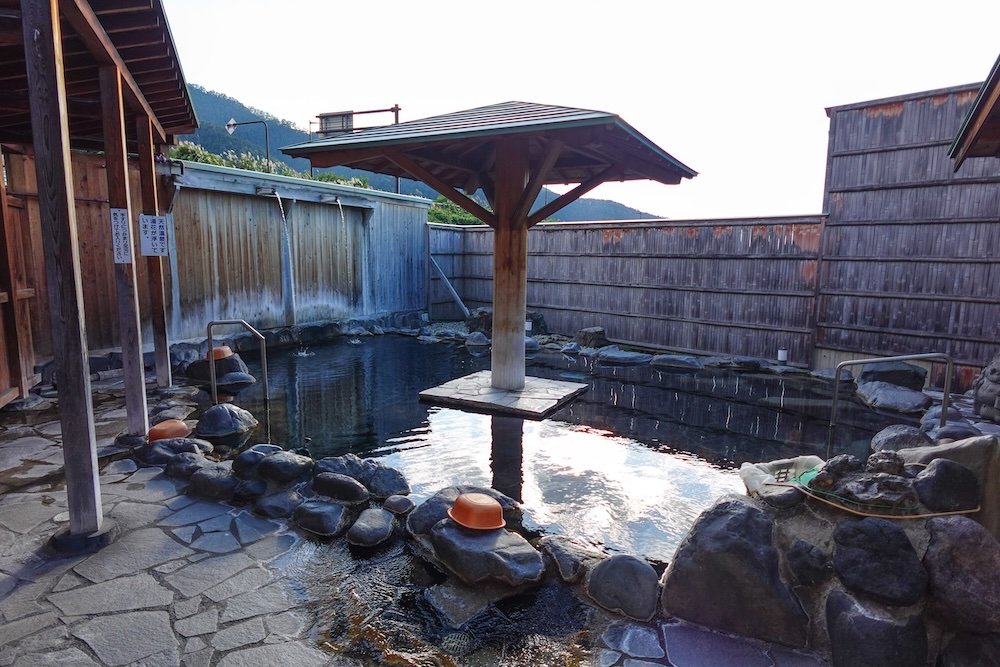
- Highlights:
- Authentic tatami rooms and traditional furnishings
- Interactive cultural experiences like yukata wearing and tea ceremonies
- Insightful explanations of Japanese architectural and design elements
- Don’t Miss: Participating in a tea ceremony to fully experience the tranquility and precision of Japanese hospitality
Tip: Wear comfortable, loose clothing to easily participate in traditional activities and explore the rooms without restriction.

Tours For Visitors To Yamanouchi, Japan
Here are the top tours that showcase the best of Yamanouchi.
1. Jigokudani Monkey Park Tour
A Jigokudani Monkey Park Tour is a must for anyone visiting Yamanouchi, offering an up-close look at the famous Japanese macaques. This guided tour takes you through scenic trails leading to the park, where you can watch monkeys relax in natural hot springs, especially enchanting during winter. Knowledgeable guides share insights about the monkeys’ behaviors and the park’s conservation efforts, enhancing your understanding and appreciation. The journey through snowy landscapes and lush forests makes the experience both educational and visually stunning. Photography enthusiasts will find countless opportunities to capture these playful creatures against a backdrop of serene nature. The tour often includes tips on the best times to visit for optimal viewing and fewer crowds. By the end of the day, you’ll leave with unforgettable memories of these charming animals and the pristine environment they inhabit.
- Highlights:
- Observing monkeys in natural hot springs
- Scenic trails through forests and snowy landscapes
- Insightful information from experienced guides
- Don’t Miss: Visiting early in the morning for a quieter, more intimate experience with the monkeys
Tip: Dress warmly and wear sturdy hiking boots—the trails can be slippery and temperatures drop significantly, especially in winter.
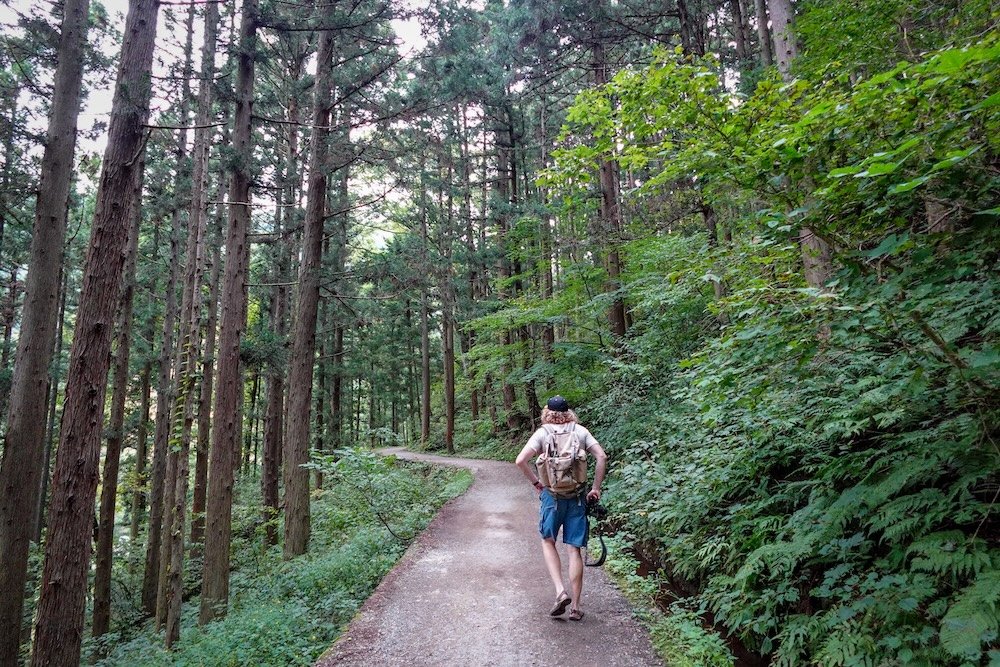
2. Nofutomaru Footpath Historical Tour
Step back in time with the Nofutomaru Footpath Historical Tour, exploring Yamanouchi’s rich heritage along this charming trail. The footpath winds through historic sites, offering glimpses of traditional architecture and serene natural beauty. Guided walks highlight significant landmarks and share stories of Yamanouchi’s past, providing context to the picturesque surroundings. Along the way, you’ll encounter beautifully maintained gardens, old temples, and quaint tea houses, each with its own unique story. The tour is designed to be leisurely, allowing ample time for photos and quiet reflection amidst the tranquil environment. Nature lovers will appreciate the diverse flora and fauna encountered along the path, enhancing the overall experience. By the end of the tour, you’ll have a deeper appreciation for Yamanouchi’s cultural and historical landscape.
- Highlights:
- Scenic walking trails through historic areas
- Visits to traditional temples and gardens
- Informative storytelling about Yamanouchi’s history
- Don’t Miss: Taking a moment to relax at a traditional tea house along the path
Tip: Wear comfortable walking shoes—the footpath can be uneven and requires supportive footwear for a pleasant experience.
3. Onsenji Temple Spiritual Tour
Discover peace and spirituality on the Onsenji Temple Spiritual Tour, a journey that blends traditional Buddhist practices with the healing properties of hot springs. The tour begins at Onsenji Temple, where you’ll explore its stunning architecture and serene gardens, perfect for meditation and reflection. Guided sessions may include participating in a tea ceremony or a brief meditation, allowing you to connect deeply with the temple’s tranquil ambiance. Afterward, enjoy a relaxing soak in the temple’s nearby onsen, where mineral-rich waters soothe both body and mind. The combination of spiritual exploration and physical relaxation creates a holistic experience that rejuvenates your spirit. Learning about the temple’s history and its role in the local community adds depth to your visit. This tour is ideal for those seeking a meaningful escape and a chance to unwind in a sacred setting.
- Highlights:
- Traditional Buddhist architecture and serene gardens
- Guided meditation and tea ceremonies
- Access to healing hot springs (onsen)
- Don’t Miss: Exploring the temple gardens in the early morning or late afternoon for a more tranquil experience
Tip: Respect the temple’s customs—dress modestly and follow any guidelines provided by the staff to honor the sacred space.
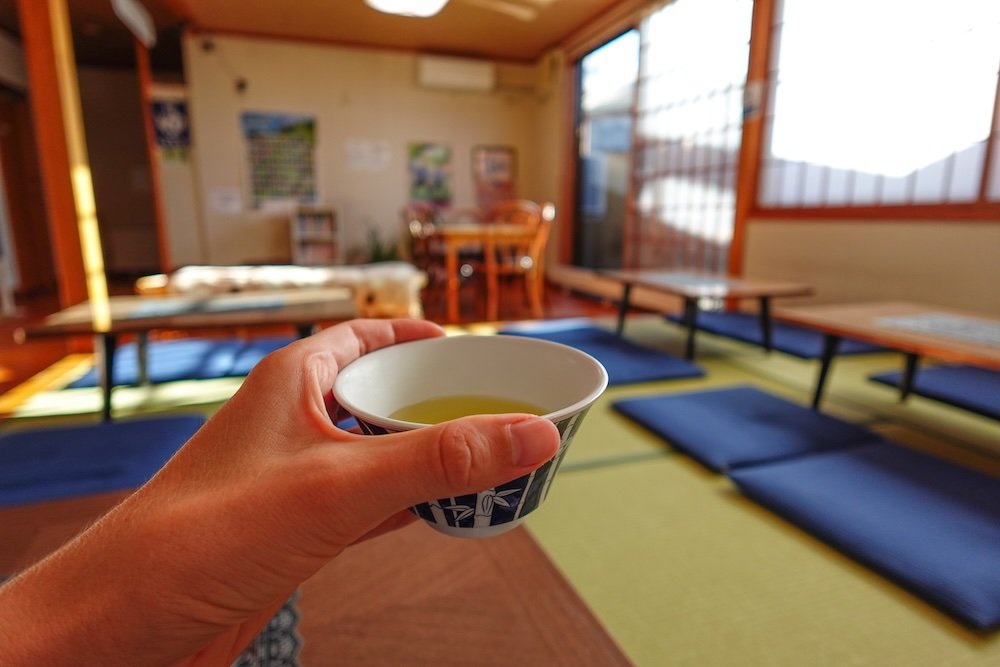
Yamanouchi Accommodations Guide: Hotels, Guesthouses and Hostels
Let’s explore the top accommodation choices that will make your visit to Yamanouchi unforgettable.
Ryokans: Traditional Comfort and Authentic Experience
Staying at a ryokan in Yamanouchi is like stepping into a slice of traditional Japan, where every detail is thoughtfully curated to offer a serene and authentic experience. These traditional inns feature tatami-matted rooms, sliding shoji doors, and futon bedding that create a peaceful and harmonious atmosphere. Many ryokans include access to private or communal onsen (hot springs), allowing you to unwind and soak in the healing mineral waters after a day of exploration. The meals served are typically multi-course kaiseki dinners, showcasing seasonal and local ingredients prepared with exquisite presentation and flavor. Hosts often go the extra mile to ensure your comfort, providing personalized service and sharing insights about the local culture and traditions. Staying in a ryokan allows you to fully immerse yourself in Yamanouchi’s cultural heritage, making your visit both relaxing and enriching. The tranquil ambiance and attention to detail make ryokans a beloved choice for those seeking a deep connection with Japanese traditions.
- Highlights:
- Authentic tatami rooms and traditional decor
- Access to soothing onsen hot springs
- Exquisite kaiseki meals with seasonal ingredients
- Don’t Miss: Participating in a tea ceremony or enjoying the scenic views from your room
Tip: Book well in advance—popular ryokans fill up quickly, especially during peak seasons.
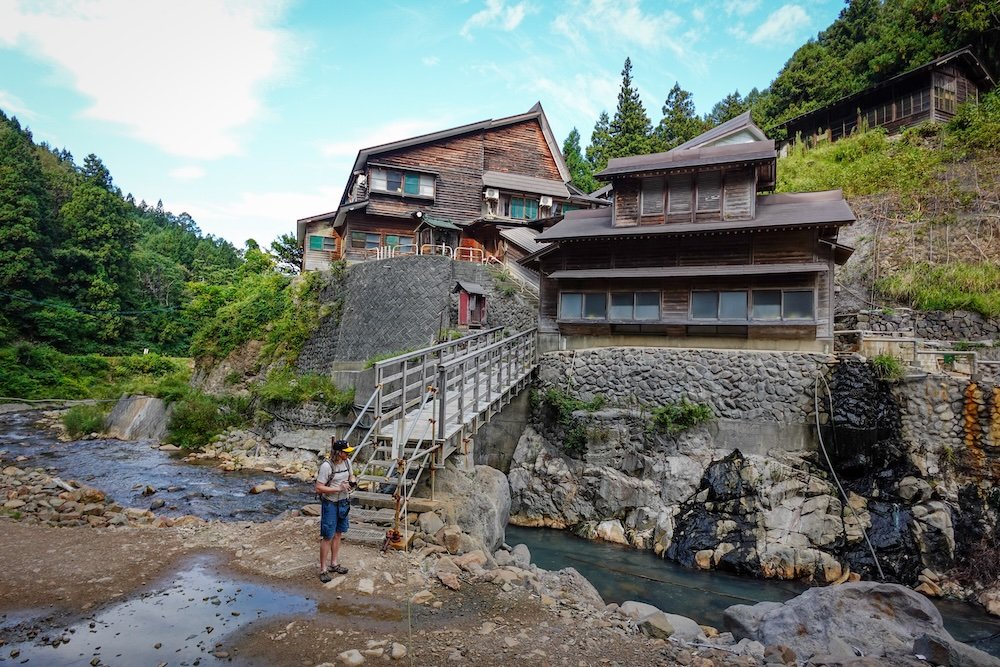
Guesthouses (Minshuku): Cozy and Personal Stays
For travelers who prefer a more personal and homely atmosphere, guesthouses (minshuku) in Yamanouchi offer an inviting and affordable alternative. These accommodations are often family-run, providing a warm and friendly environment where guests can feel like part of the household. Rooms are typically simple yet comfortable, featuring tatami flooring and futon bedding, with some guesthouses offering private or shared bathrooms. Breakfast is usually included and may consist of traditional Japanese dishes made with fresh, local ingredients. Staying at a minshuku allows you to engage with hosts who are eager to share their knowledge of Yamanouchi, offering recommendations for local attractions and hidden gems. The communal areas foster a sense of camaraderie, making it easy to meet fellow travelers and exchange stories. Guesthouses are perfect for those seeking authentic interactions and a deeper understanding of local life without breaking the bank.
- Highlights:
- Personalized hospitality from family hosts
- Affordable rates with comfortable accommodations
- Home-cooked breakfasts featuring local flavors
- Don’t Miss: Chatting with hosts to discover insider tips and local favorites
Tip: Learn a few basic Japanese phrases—a little effort can go a long way in building connections with your hosts.
Hotels: Modern Comfort and Convenience
If you’re looking for modern amenities and a bit more luxury, Yamanouchi’s hotels provide a comfortable and convenient stay. These establishments range from mid-range options to upscale resorts, each offering clean and spacious rooms equipped with contemporary facilities like high-speed Wi-Fi, flat-screen TVs, and private bathrooms. Many hotels are strategically located near key attractions, making it easy to explore Yamanouchi without long commutes. Onsite restaurants often serve a variety of cuisines, from traditional Japanese dishes to international favorites, ensuring there’s something to satisfy every palate. Additional amenities such as fitness centers, business lounges, and concierge services enhance your stay, catering to both leisure and business travelers. Staying in a hotel offers the perfect balance of comfort and practicality, allowing you to relax in style after a day of adventure. With professional service and well-appointed rooms, hotels are an excellent choice for those who value convenience and a touch of modern luxury.
- Highlights:
- Spacious rooms with modern amenities
- Convenient locations near major attractions
- Onsite dining and additional facilities like fitness centers
- Don’t Miss: Utilizing the concierge service for personalized travel recommendations
Tip: Compare prices and amenities online—booking platforms often offer exclusive deals and packages.
source: Samuel and Audrey YT Channel: Nomadic Samuel & That Backpacker as hosts
Day Trips From Yamanouchi, Nagano
Here are some top day trips that will enrich your visit to Yamanouchi.
1. Matsumoto Castle
A short journey from Yamanouchi, Matsumoto Castle stands as one of Japan’s most beautiful and well-preserved feudal castles. Known as the “Crow Castle” due to its striking black exterior, it offers a dramatic contrast against the surrounding greenery and sky. Walking through the castle grounds, you can explore its intricate wooden interiors and climb to the top for panoramic views of the city and the majestic Northern Alps. The nearby Matsumoto City Museum of Art adds cultural depth, showcasing works by renowned artists like Yayoi Kusama. Seasonal events, such as cherry blossom festivals in spring and illuminated nights in winter, enhance the castle’s allure year-round.
- Highlights:
- Stunning black exterior architecture
- Panoramic views from the top floors
- Beautiful cherry blossoms in spring
- Don’t Miss: Climbing the castle’s observation deck for breathtaking views
Tip: Visit early in the morning to avoid crowds and enjoy a peaceful tour of the grounds.
2. Shiga Kogen Highlands
For nature lovers and outdoor enthusiasts, a day trip to the Shiga Kogen Highlands is a must. This expansive highland area is renowned for its lush meadows, diverse wildlife, and extensive hiking trails that cater to all skill levels. In summer, the vibrant flowers and cool breezes provide a perfect escape from the city heat, while winter transforms Shiga Kogen into a premier skiing destination with some of Japan’s best powder snow. The highlands also offer opportunities for bird watching, photography, and simply soaking in the serene natural beauty. Numerous lodges and cafes along the trails make it easy to spend the entire day exploring and relaxing amidst nature.
- Highlights:
- Extensive hiking trails with stunning vistas
- Diverse wildlife and vibrant wildflowers
- Premier skiing and snowboarding in winter
- Don’t Miss: Taking a scenic cable car ride for panoramic views of the highlands
Tip: Bring appropriate gear—whether hiking boots for summer or ski equipment for winter, being prepared enhances your experience.
3. Togakushi Shrine
A visit to Togakushi Shrine offers a spiritual and cultural journey through one of Japan’s most revered sacred sites. Nestled in the Togakushi Mountains, the shrine complex consists of five main shrines connected by a picturesque trail lined with ancient cedar trees. The path is not only a walk through history but also a beautiful hike that showcases the natural splendor of the region. Along the way, you can explore traditional architecture, serene gardens, and sacred torii gates that inspire a sense of peace and reverence. The area is also famous for its soba noodles, so be sure to stop by a local eatery to enjoy a delicious meal after your pilgrimage.
- Highlights:
- Historic shrines surrounded by ancient cedar forests
- Scenic hiking trails with spiritual significance
- Traditional soba noodles unique to Togakushi
- Don’t Miss: Exploring the Togakushi Ninja Museum for a fun cultural twist
Tip: Wear comfortable hiking shoes and dress in layers, as the weather in the mountains can change rapidly.
4. Nozawa Onsen
Just a short distance from Yamanouchi, Nozawa Onsen is a charming hot spring village known for its therapeutic waters and vibrant winter sports scene. The village boasts numerous public baths (sento) and ryokans with private onsens, allowing visitors to relax and rejuvenate in mineral-rich waters. In winter, Nozawa Onsen transforms into a bustling ski resort with a variety of slopes suitable for all levels, from beginners to seasoned skiers. Beyond skiing, the village hosts the famous Nozawa Onsen Snow Festival, featuring impressive snow sculptures and lively festivities. Even outside the winter season, Nozawa Onsen offers hiking, cycling, and cultural experiences that highlight its rich heritage and natural beauty.
- Highlights:
- Therapeutic hot springs and traditional sento baths
- Premier skiing and snowboarding facilities
- Annual Snow Festival with stunning snow sculptures
- Don’t Miss: Sampling local delicacies like oyaki (stuffed dumplings) and sake at a traditional izakaya
Tip: Purchase a ski pass in advance during peak seasons to avoid long lines and ensure access to popular slopes.
5. Zenkoji Temple
A short trip from Yamanouchi, Zenkoji Temple in Nagano City is one of Japan’s most important and historic Buddhist temples. Founded in the 7th century, it houses the hidden Buddha, believed to be the first Buddha statue brought to Japan. Visitors can explore the vast temple grounds, which include beautifully landscaped gardens, historic halls, and cultural exhibits that provide insight into Buddhist traditions. Climbing the 500-meter tunnel inside the main hall to view the hidden Buddha statue is a unique spiritual experience that many find deeply moving. The temple’s serene atmosphere and majestic architecture make it a perfect place for reflection and appreciation of Japan’s religious heritage.
- Highlights:
- Historic Buddhist temple with centuries-old significance
- Hidden Buddha statue accessible through a unique tunnel
- Expansive grounds with beautiful gardens and cultural exhibits
- Don’t Miss: Participating in a morning prayer session for an authentic spiritual experience
Tip: Allocate at least half a day for Zenkoji Temple to fully explore its extensive grounds and partake in its serene atmosphere.
6. Kiso Valley and Tsumago
For those interested in Japan’s historical trails, a day trip to the Kiso Valley and Tsumago is an enriching experience. This area is part of the old Nakasendo route, a key pathway that connected Kyoto and Tokyo during the Edo period. Tsumago is a beautifully preserved post town where modern life seamlessly blends with historical architecture, offering a glimpse into Japan’s past. Walking the restored streets, you can visit traditional inns, quaint shops, and historic landmarks that tell stories of travelers and samurai who once passed through. Hiking a section of the Nakasendo Trail between Tsumago and Magome provides breathtaking views of the valley and a sense of stepping back in time.
- Highlights:
- Historic Nakasendo Trail with scenic hiking routes
- Preserved post town of Tsumago with traditional architecture
- Cultural insights into Edo-period travel and lifestyle
- Don’t Miss: Enjoying a tea break at a traditional café along the Nakasendo Trail
Tip: Wear comfortable hiking shoes and bring water and snacks for the hike between Tsumago and Magome, ensuring a pleasant and well-prepared journey.
7. Lake Suwa
A day trip to Lake Suwa offers a blend of natural beauty and cultural attractions, making it a versatile destination for all types of travelers. This picturesque lake is one of Japan’s oldest and largest, surrounded by lush mountains and offering stunning views throughout the year. Visitors can enjoy activities such as boating, fishing, and cycling around the scenic perimeter, or simply relax by the water’s edge with a picnic. The nearby Suwa Taisha Shrine, one of Japan’s most important Shinto shrines, provides a deep dive into local spirituality and traditions. Seasonal events, like the Suwa Fireworks Festival in summer and ice festivals in winter, add vibrant energy to the area, ensuring there’s always something exciting to experience at Lake Suwa.
- Highlights:
- Expansive and scenic Lake Suwa with recreational activities
- Suwa Taisha Shrine offering cultural and spiritual insights
- Year-round seasonal events enhancing the visitor experience
- Don’t Miss: Taking a boat ride to fully appreciate the lake’s serene beauty and surrounding landscapes
Tip: Check event schedules before your visit to catch one of Lake Suwa’s vibrant festivals and enhance your day trip experience.
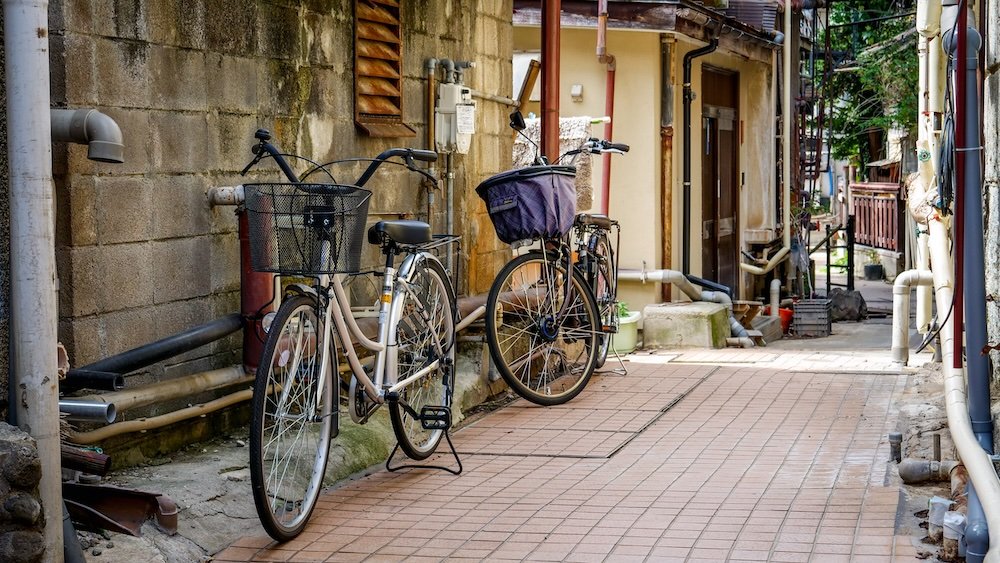
Yamanouchi Transportation Guide
Let’s dive into the top transportation methods that will make your stay in Yamanouchi smooth and enjoyable.
Local Buses: Comprehensive Coverage and Convenience
Yamanouchi’s local bus network is the backbone of public transportation, connecting key attractions, hotels, and neighboring areas with ease. The buses are punctual, clean, and equipped with comfortable seating, making them a reliable choice for daily commutes or sightseeing trips. Routes are well-marked with bilingual signs, and drivers are generally helpful, often providing guidance to first-time visitors. The bus stops are strategically located near major points of interest, such as Jigokudani Monkey Park and local onsen, ensuring you can reach destinations without hassle. Tickets can be purchased onboard or at designated kiosks, and many buses accept IC cards for added convenience. For those planning multiple trips, day passes offer cost-effective solutions, allowing unlimited rides within a set period. Riding the bus not only saves money but also offers glimpses of local life and scenic views of Yamanouchi’s beautiful surroundings.
- Highlights:
- Extensive routes covering major attractions
- Clean and comfortable buses with reliable schedules
- Bilingual signage and helpful drivers
- Don’t Miss: Using the front entrance for purchasing tickets and accessing route maps
Tip: Purchase a day pass if you plan to take multiple bus rides—it’s more economical and convenient than buying individual tickets.
Trains and Rail Access: Easy Connections to Surrounding Areas
Yamanouchi is well-connected by the Nagano Electric Railway, making it simple to reach neighboring towns and major cities like Nagano and Tokyo. The nearest train station, Yudanaka Station, serves as a gateway to the region, offering frequent services that are both efficient and comfortable. Trains are clean, equipped with modern amenities, and provide scenic views of the Japanese countryside, enhancing your travel experience. For those interested in day trips, the train network seamlessly connects you to popular destinations such as Matsumoto and Nozawa Onsen, broadening your exploration options. Tickets can be purchased at the station or via online platforms, with various passes available for tourists that offer unlimited travel within specific regions. The punctuality and reliability of the trains ensure that you can plan your excursions with confidence, knowing you’ll arrive on time. Utilizing the train is not only convenient but also a comfortable way to traverse the picturesque landscapes of Nagano Prefecture.
- Highlights:
- Frequent and reliable train services
- Scenic routes offering picturesque countryside views
- Easy access to major nearby destinations
- Don’t Miss: Taking a morning train to enjoy a peaceful ride before the day’s activities begin
Tip: Consider purchasing a JR Pass if you plan to travel extensively by train within Nagano Prefecture—it offers significant savings and flexibility.
Taxis and Car Rentals: Flexible and Personalized Travel
For those seeking more flexibility and convenience, taxis and car rentals are excellent options in Yamanouchi. Taxis are readily available at major points like Yudanaka Station, local hotels, and popular tourist spots, providing door-to-door service that’s especially useful for late-night returns or carrying heavy luggage. While slightly more expensive than public transit, taxis offer comfort and speed, ideal for short trips or when you’re pressed for time. Renting a car opens up even more possibilities, allowing you to explore remote areas, scenic drives, and off-the-beaten-path attractions at your own pace. Local rental agencies offer a range of vehicles, from compact cars to larger SUVs, catering to different group sizes and travel needs. Be mindful of seasonal road conditions, particularly in winter, when snow and ice can make driving challenging. However, with proper preparation and equipment, renting a car can significantly enhance your ability to discover Yamanouchi’s hidden gems.
- Highlights:
- Convenient door-to-door transportation
- Flexible schedules without relying on bus routes
- Access to remote and scenic areas
- Don’t Miss: Exploring the snowy landscapes of Yamanouchi with a rental car for unforgettable winter views
Tip: Ensure you have an International Driving Permit before renting a car, as it’s required by Japanese law for most foreign visitors.
Bicycles and Bike Rentals: Active and Eco-Friendly Exploration
For a more active and eco-friendly way to explore Yamanouchi, consider renting a bicycle. The town offers several bike rental shops that provide a range of bicycles, from basic models to electric bikes, catering to different fitness levels and preferences. Cycling allows you to traverse the scenic trails, visit local attractions at your own pace, and enjoy the fresh mountain air. Popular routes include paths around Jigokudani Monkey Park, the serene Onsenji Temple, and the picturesque Nofutomaru Footpath. Biking is not only a healthy way to travel but also an environmentally sustainable choice, reducing your carbon footprint while enhancing your connection to the natural beauty around you. Many rental shops offer maps and suggested routes, making it easy for even novice cyclists to navigate the area. Whether you’re biking through blooming spring landscapes or snowy winter paths, cycling in Yamanouchi is a memorable and invigorating experience.
- Highlights:
- Freedom to explore at your own pace
- Access to scenic and less crowded areas
- Health benefits and eco-friendly travel
- Don’t Miss: Riding to a local café or onsen, enjoying a break in between your cycling adventures
Tip: Wear appropriate gear for the season, such as helmets, gloves, and layered clothing in winter, to ensure a safe and comfortable ride.
IC Cards and Travel Passes: Streamlined and Cost-Effective
To make your travels in Yamanouchi even more streamlined and cost-effective, utilize IC cards and travel passes. IC cards like Kitaca and Suica are rechargeable smart cards that can be used across various modes of transportation, including trains, buses, and even some shops and restaurants. This eliminates the need to carry cash or buy individual tickets, making your journey smoother and more convenient. For tourists planning to explore extensively, travel passes offer unlimited rides within a certain period, providing excellent value and flexibility. These passes often come with additional perks, such as discounts on local attractions and restaurants, enhancing your overall travel experience. Simply tap your IC card at entry and exit points, and the fare will be automatically deducted, allowing you to focus on enjoying your trip without worrying about the logistics of payment. Embracing IC cards and passes not only saves time but also makes navigating Yamanouchi’s transportation system a hassle-free affair.
- Highlights:
- Easy, cashless payments across multiple transport modes
- Cost savings with unlimited ride passes
- Additional discounts and perks with certain passes
- Don’t Miss: Loading your IC card with extra credit for small purchases at local shops and eateries
Tip: Purchase your IC card at the train station upon arrival—staff can assist you with setting up and recharging, ensuring you’re ready to go from the start.
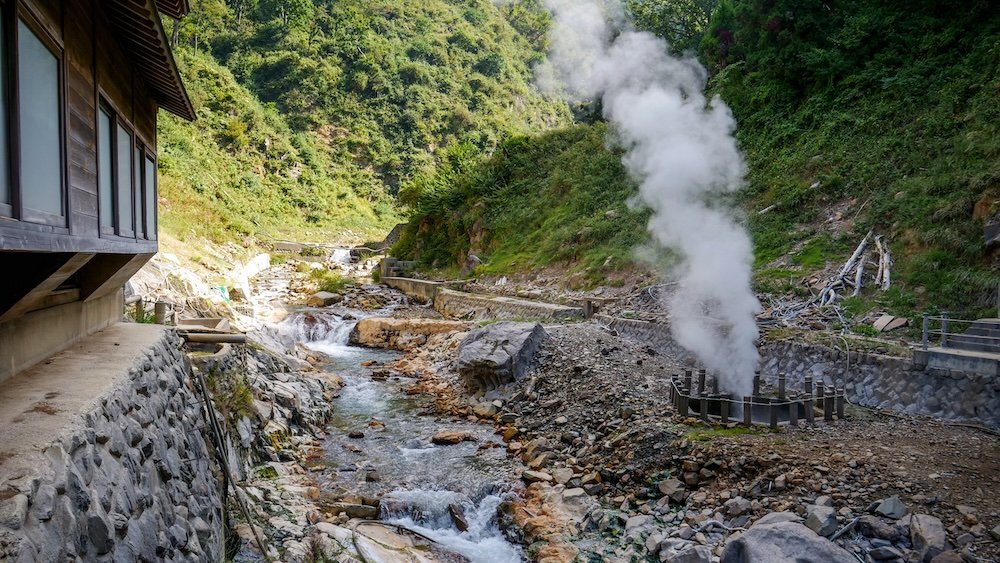
Yamanouchi Travel Guide: Final Thoughts
Yamanouchi offers a serene escape where nature’s splendor meets peaceful living. Whether you’re soaking in an onsen surrounded by snow or hiking through lush summer trails, the town’s natural landscapes provide a soothing backdrop to your adventures. The rhythmic sounds of flowing water, the crisp mountain air, and the stunning vistas create an atmosphere of calm and rejuvenation. Every season paints Yamanouchi in different hues, from the vibrant greens of spring to the pristine whites of winter, ensuring that each visit feels fresh and unique. Embracing this tranquil beauty allows you to slow down, appreciate the moment, and connect deeply with your surroundings. Whether you’re an avid nature lover or someone seeking a quiet retreat, Yamanouchi’s natural charm caters to all.
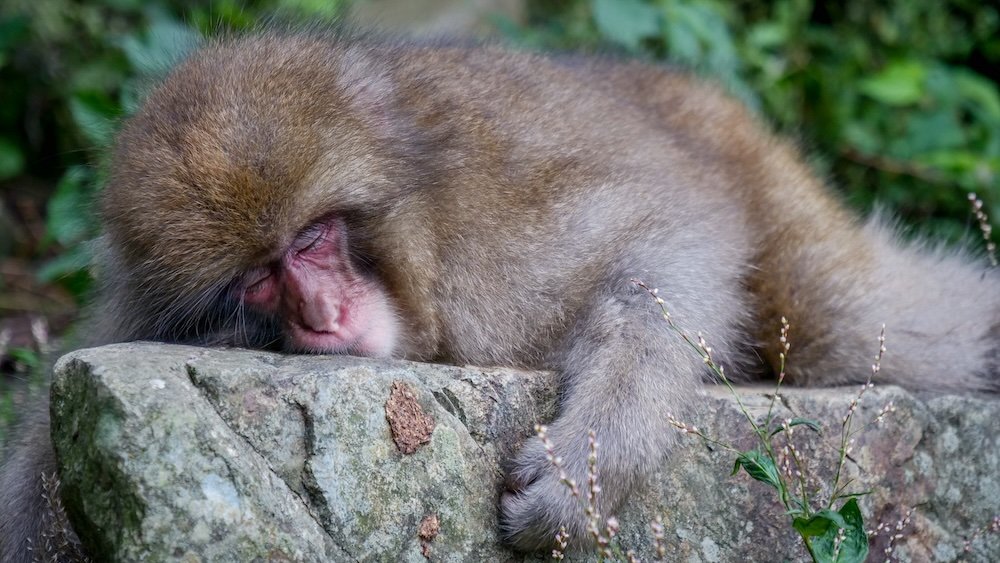
Embracing Yamanouchi’s Tranquil Beauty
- Highlights:
- Stunning seasonal landscapes from spring to winter
- Relaxing onsen experiences amidst natural settings
- Scenic hiking trails with breathtaking views
- Don’t Miss: Taking a morning walk by the river to witness the sunrise over the mountains
Tip: Bring a camera—the ever-changing beauty of Yamanouchi’s nature provides endless photographic opportunities.
